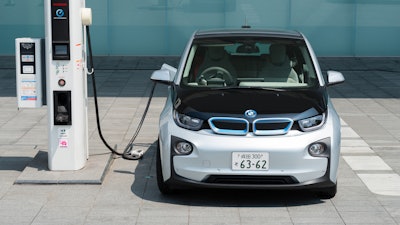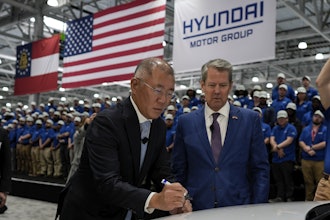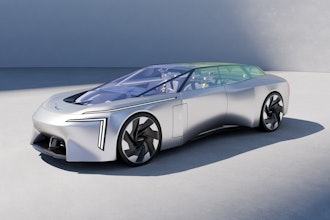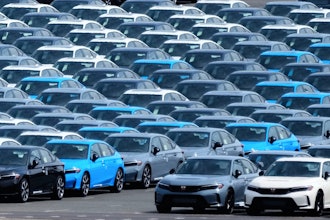
Recently, the Biden administration asked U.S. automakers to pledge that 40 percent of their manufacturing output would consist of electric vehicles (EVs) by 2030. Automotive production is deeply rooted in the history of American manufacturing and innovation. Changing to EV production will require careful planning and years of invested time to make affordable and reliable electric alternatives.
As governments around the world announce plans to ban gas-powered cars, let's take a look at how engineers are pivoting and evolving their approach to build affordable and reliable electric vehicles.
Building Competition
Experts in the auto industry should have seen this decision from the Biden administration coming. Wider EV adoption has been an inevitable industry shift that has been keeping automotive CEOs awake at night since Tesla’s rise. Even though governments around the world are putting more pressure on car companies to make the shift, these companies had an inkling that they would need to start the switch.
The competition in the EV market is building – aside from Tesla’s full-electric option, hybrid cars have also proved to be quite popular. Toyota is a great example of a successful hybrid option with its popular Prius. Start-ups will also play a role, but success for newcomers means getting to market fast – this is a difficult task when building a brand new product can take five to 10 years.
Arguably, a harder challenge for legacy automakers like GM and Ford will be figuring out how to bring their own electric vehicles to market. They need to move as fast as possible at a mass production scale with the least amount of labor and design changes given an existing infrastructure built for gas-powered models. The question will be, is this enough to win the consumer? With so many new options available, the EVs have to have unique value.
While these companies don’t carry as big a capital burden as starting from scratch, they must nail the process of retrofitting factories, redesigning production lines, and reskilling their workforce. The process of understanding how to make EVs commercially viable is always a challenge, especially for the incumbent automakers.
Gas automakers are also challenged with creating unique, next-gen EV products, rather than just building EV engines into their existing models – the push for innovation is not limited to new entrants to this vehicle space.
First or Best?
This is always a question for leaders of any competitive industry and is the case in the EV market for companies angling for the best market position for their electric offering. Product managers must make hard choices to decide what features can be stripped to get to market fast, then eventually build back and expand when market penetration takes hold.
The Ford Mustang, for example, sped up delivery of its SUV EV to get to market as soon as possible while filling a gap in the market that doesn’t exist right now, with EVs mostly styled as sedans. Right now, Mustang’s choice looks to be a good one, with Mustang Mach-E SUVs capturing the number two market share position behind Tesla.
With the need for vital research and competitor intelligence, time-consuming workforce overhauls for legacy carmakers, and incredibly complex systems that product managers need to grasp quickly, the future is complicated as the industry pivots towards electric. It’s much easier said than done.
Having the right planning tools and data will be essential for product managers, but the scary part is that current tools are still far behind where they should be in 2021. Today, product managers still scout the internet for information about other competitors. They still use primitive tools like spreadsheets and PowerPoints to communicate plans to massive production operations. Tools and data must enable product teams to be more agile and respond to changing market needs quickly.
For reporting and analytics, the market still lacks a central place where product managers can track the strategy, decision-making and changes to complex vehicle production plans, and integrate all the information from different parts of the production process. Companies need to harness the power of that data to better understand the process and speed time to production.
In the future, the analytics power of these data tools will be sharp enough to actually predict the outcomes of future products. Until such a tool exists, product managers will always be a step behind.
By combining and aligning people, from top executives and trend-watchers to product managers, with your processes and your data-informed platforms, automakers can be successful in product planning for the future. The next two to three years will be critical for the auto industry in order to reach Biden’s 2030 goal – start laying the groundwork now for EV adoption success.






















